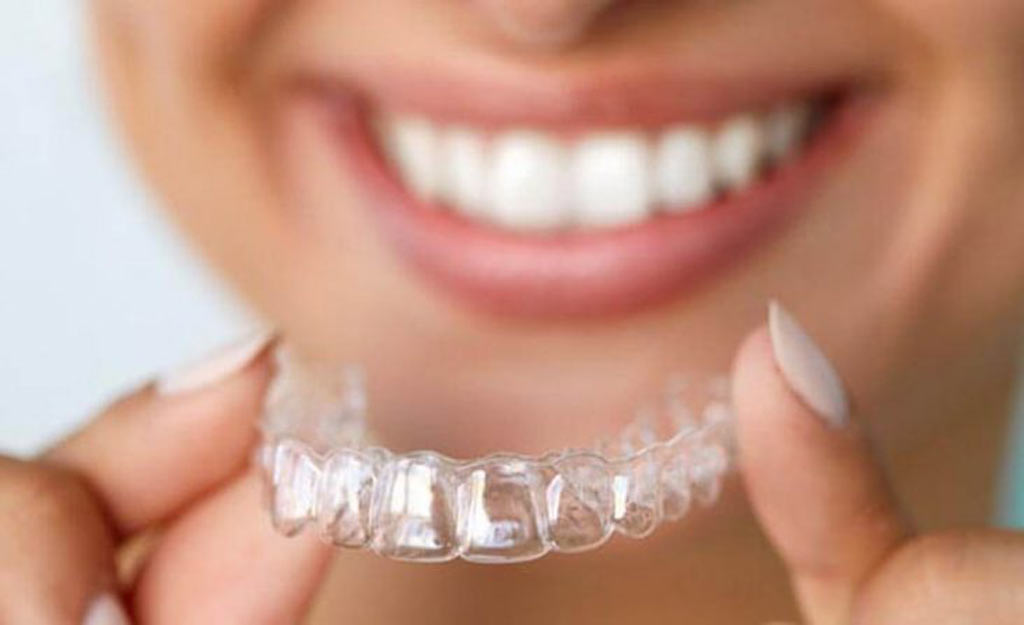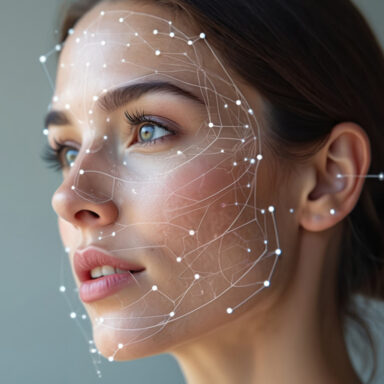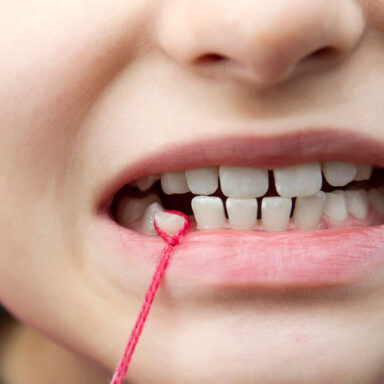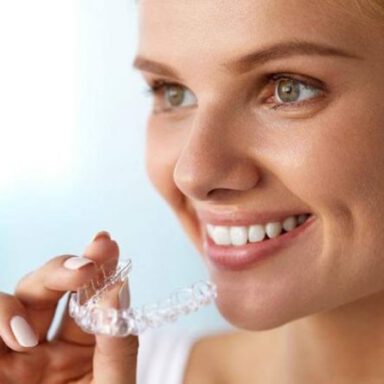Guidebook
What braces are actually available?

There are a variety of braces that serve very different purposes and can be used to successfully correct the teeth and jaws of both children and adults. Get to know the different types of braces.

Author
Dr. Fabian von Rom
Date
Estimated reading time
approx. 5 min
Types of braces
Contents
Fixed braces
Eine festen Zahnspange besteht aus sogenannten Brackets und Bögen. Die Brackets werden für eine gewisse Zeit fest auf den Zähnen aufgebracht. In den Brackets befindet sich ein kleiner Schlitz, in dem der kieferorthopädische Bogen befestigt wird. Dabei handelt es sich um den Draht, der von Zahn zu Zahn verläuft und die nötige Kraft für die Zahnbewegung erzeugt.
Fixed braces consist of brackets and archwires. The brackets are firmly attached to the teeth for a certain period of time. There is a small slot in the brackets into which the orthodontic archwire is attached. This is the wire that runs from tooth to tooth and generates the force required to move the teeth.
There are different types of fixed braces. Essentially, a distinction is made between invisible brackets on the inside (lingual technique) and classic fixed braces on the outside. Hygiene and design play a role in choosing the right bracket system.
The speed brackets frequently used in our practice are characterized by a filigree design. An integrated metal tab makes rubber rings for attaching the archwire superfluous and thus ensures particularly good hygiene.
In addition to metal brackets, there are also tooth-colored ceramic brackets. The advantage is obvious: the braces are less noticeable.
Loose an removable braces
In addition to fixed braces, there are also removable braces, which are mainly used for children and adolescents. The range of applications for loose braces is versatile.
For example, loose braces play an important role in premature milk tooth loss. If a child loses a milk tooth, it can happen that the neighboring teeth move into the resulting gap and the space for the permanent successor is lost. To prevent this, loose braces are used as gap retainers.
In addition to passively keeping a gap open, loose braces can also take on active treatment tasks. Loose braces are often used to compensate for jaw misalignments during the growth phase. In the case of a large overbite, for example, the growth of the lower jaw can be promoted with the right braces. This gently reduces the step between the upper and lower jaw.
The cooperation of young patients is important for the success of all loose braces. Because only if the braces are worn can they fulfill their purpose.
Invisible and almost invisible braces
Invisible braces are mainly worn by adults or adolescents who have finished changing their teeth. There are basically two different variants. In the lingual braces or lingual technique, brackets are used on the inside of the teeth. They are completely invisible from the outside. Braces on the inside can also be used uncompromisingly for complex malocclusions.
The Invisalign technique offers an almost invisible alternative. The special thing about Invisalign is that no brackets are required. The teeth are corrected using transparent aligners.
Your expert for orthodontics
Dr. Fabian von Rom
In the specialist practice for orthodontics, Dr. med, dent. Fabian von Rom uses his extensive expertise and many years of experience to offer patients the best possible care. The practice offers the entire spectrum of modern orthodontics and specializes in innovative and advanced treatment methods. In addition to traditional procedures, the focus is on treatment with invisible braces for teenagers and adults – one of the most modern and discreet solutions in orthodontics. Dr. med. dent. Fabian von Rom attaches great importance to ensuring that medical precision goes hand in hand with a high level of patient satisfaction. By equipping the practice exclusively with individual treatment rooms, individual and professional care at the highest level is guaranteed.

Further topics
In our guide you will find lots more information on current, relevant and interesting topics relating to orthodontics. We hope you enjoy reading it!



